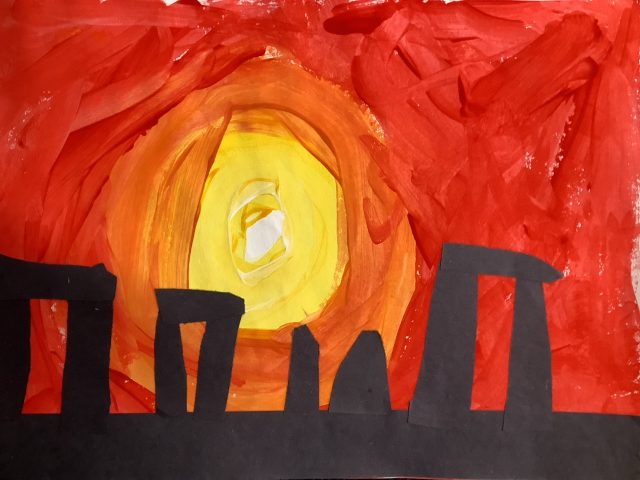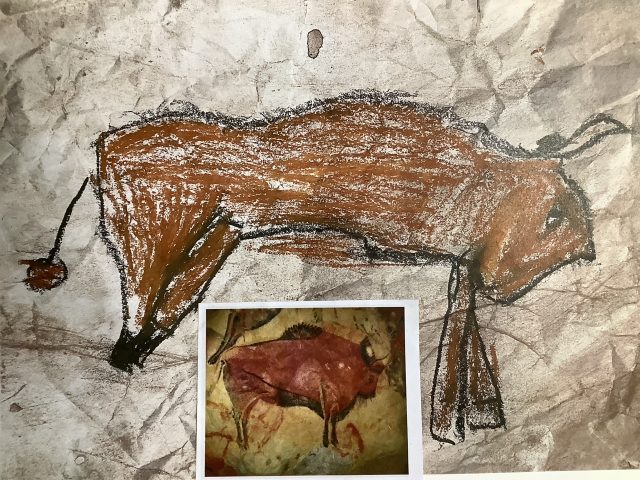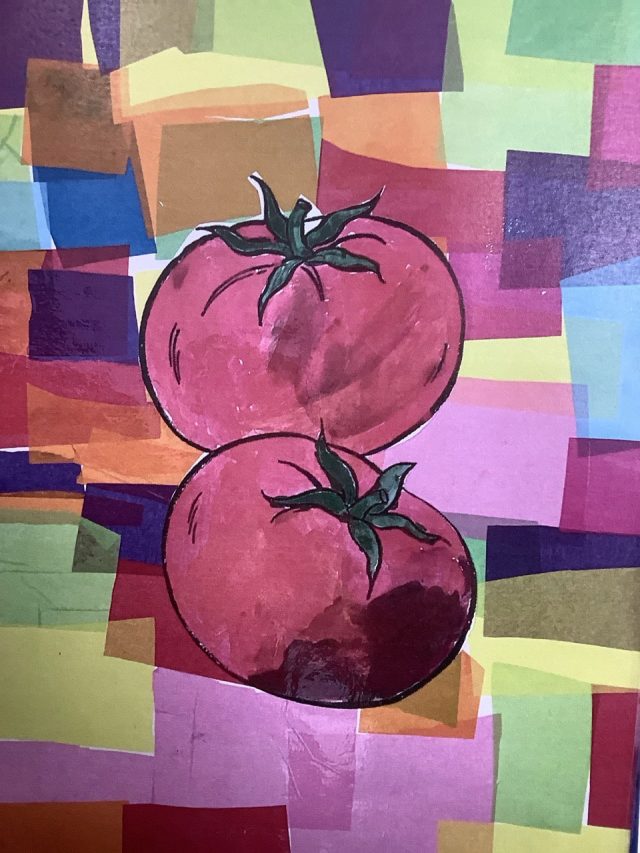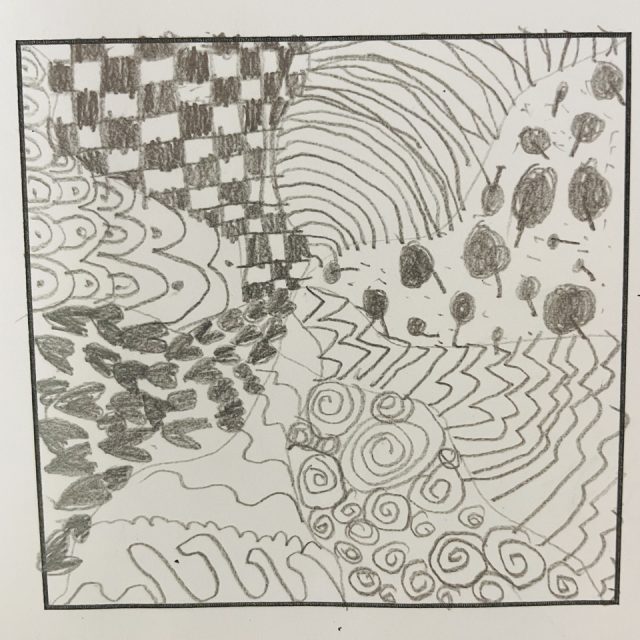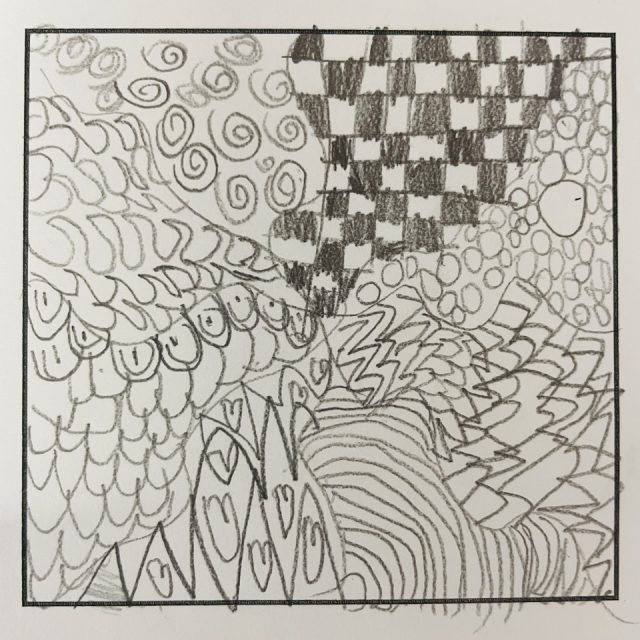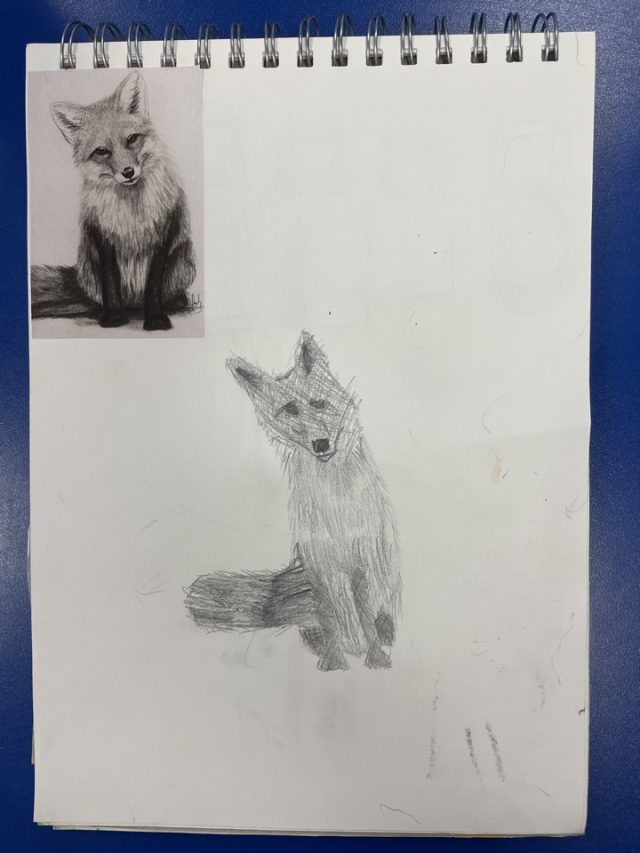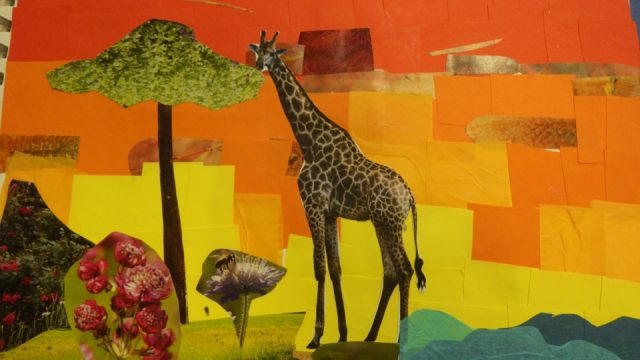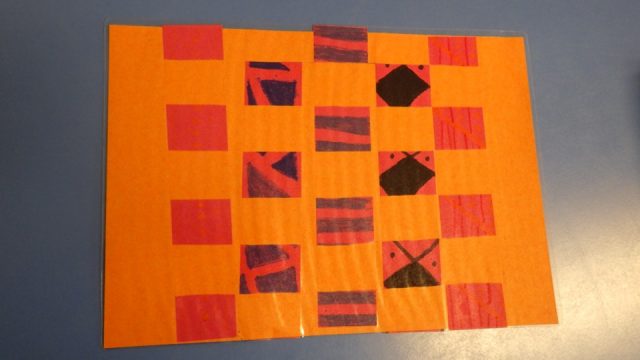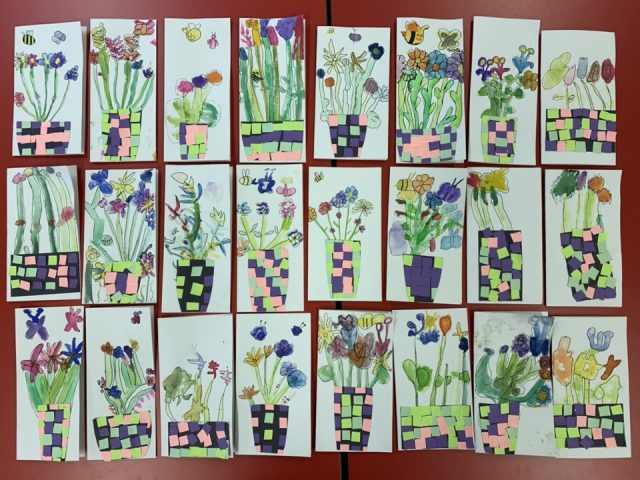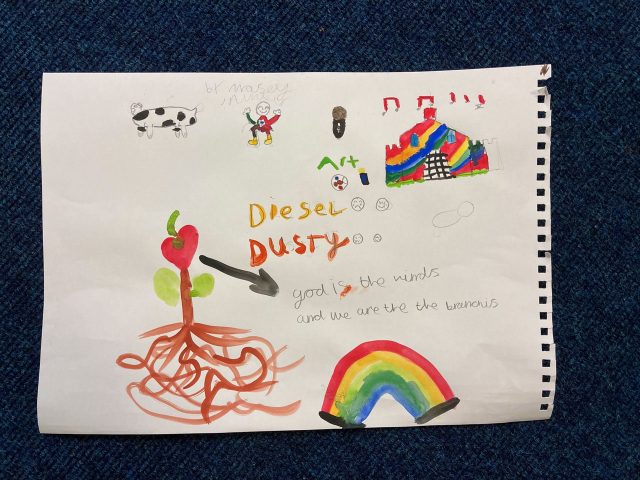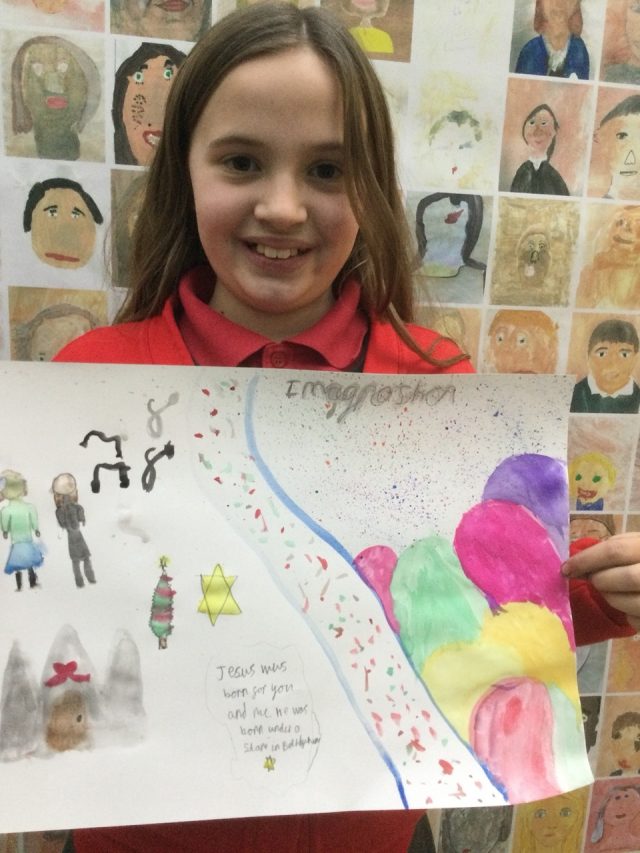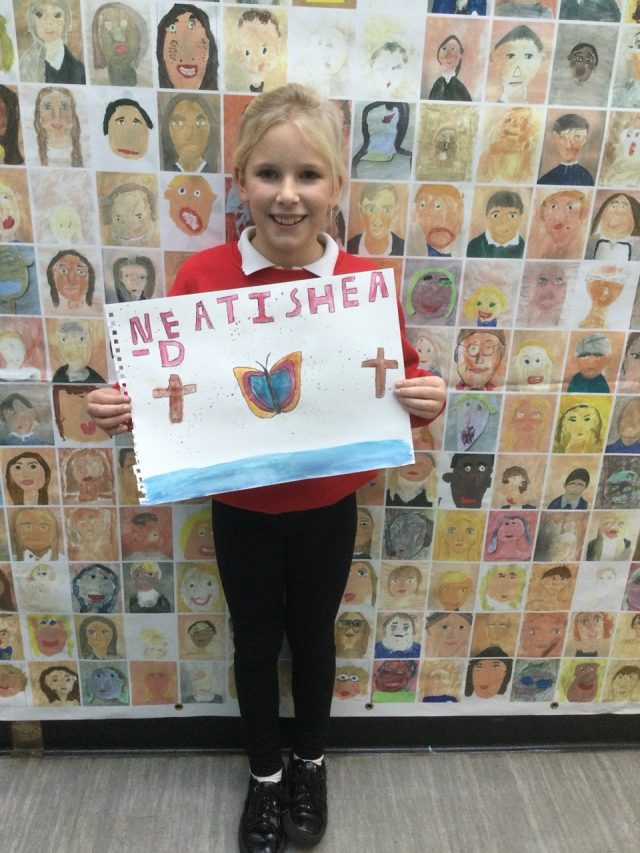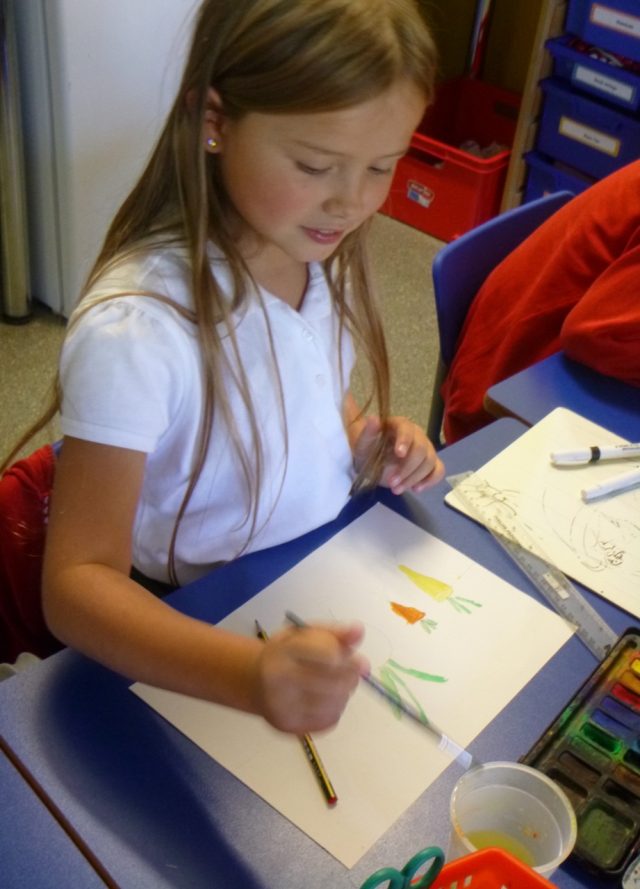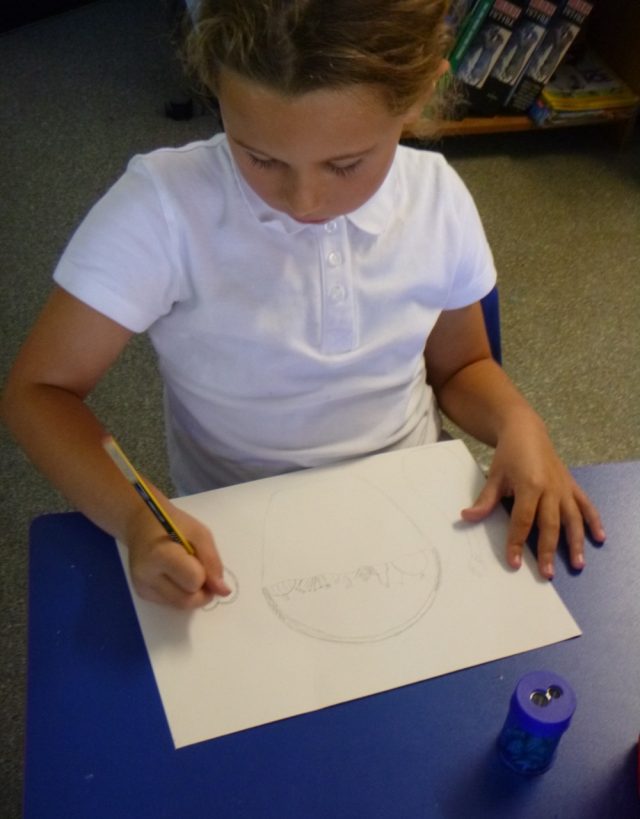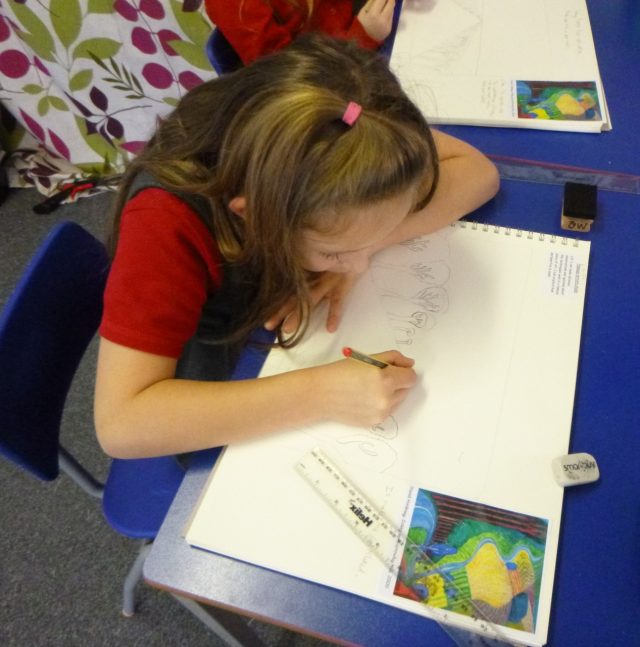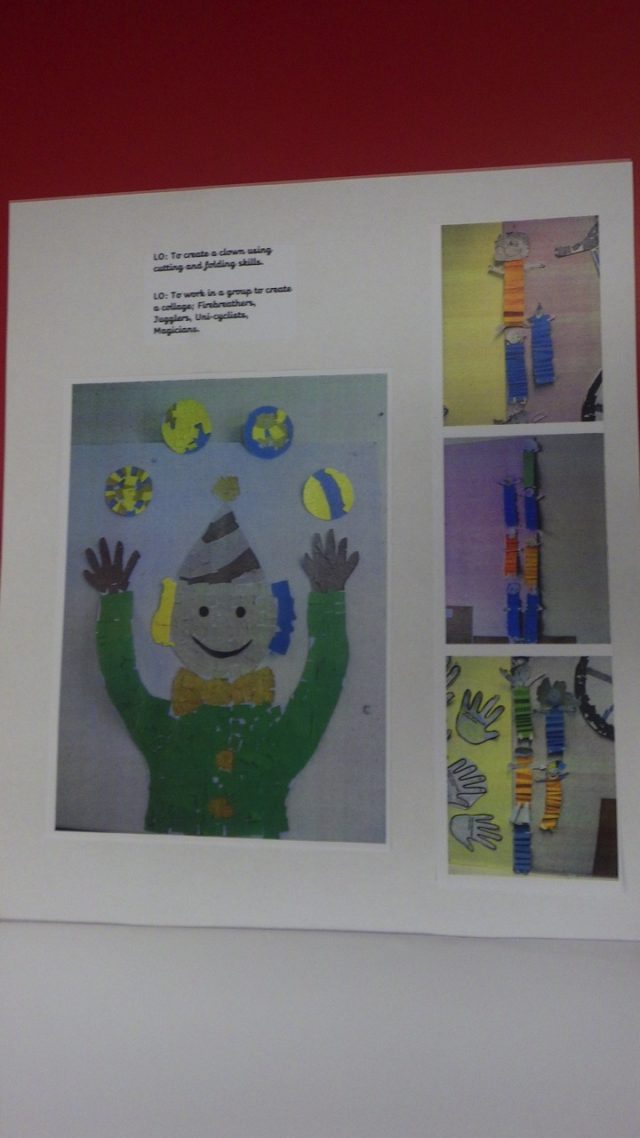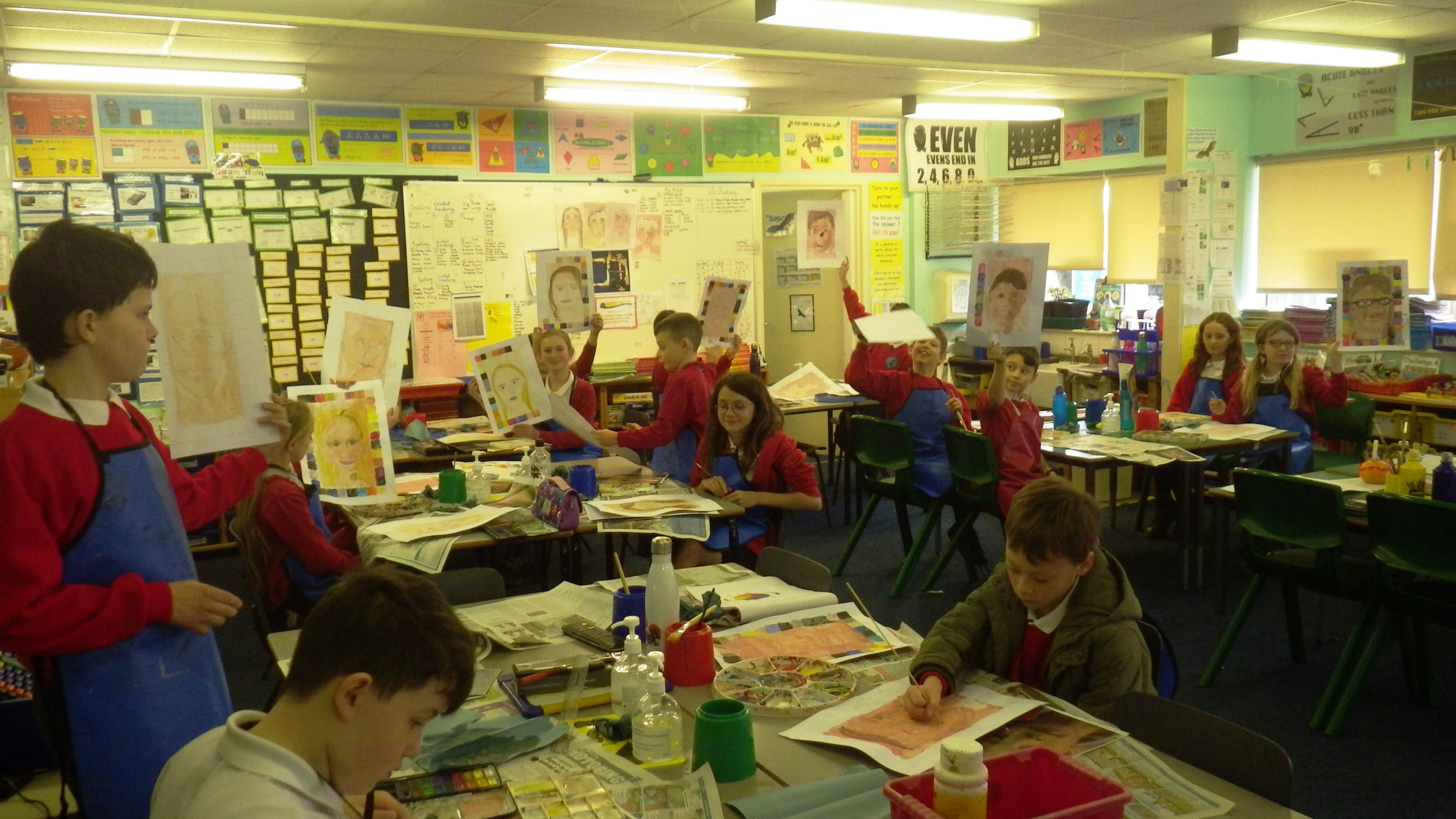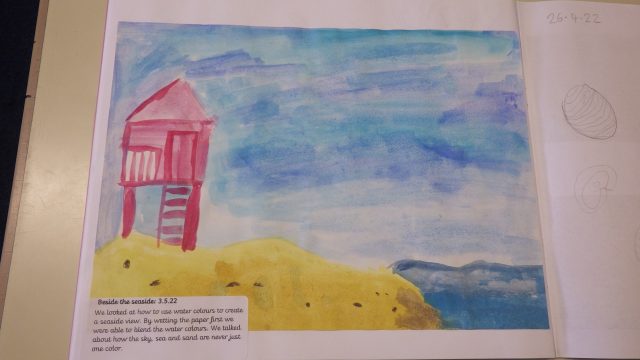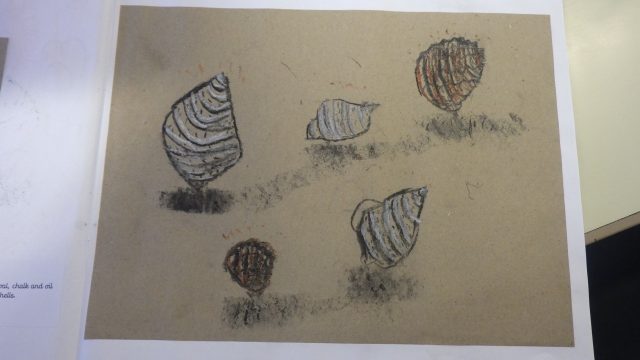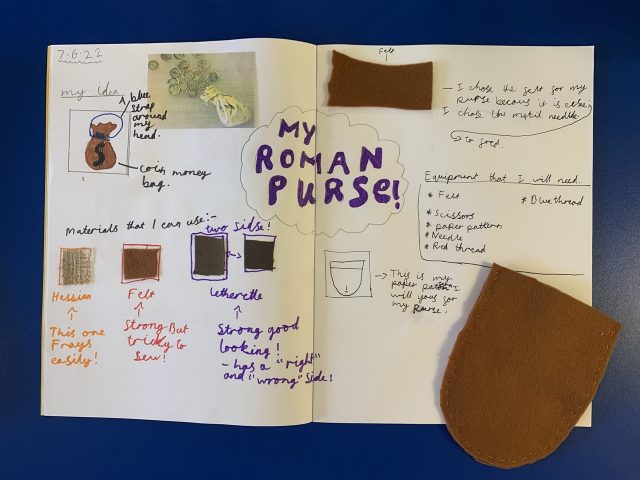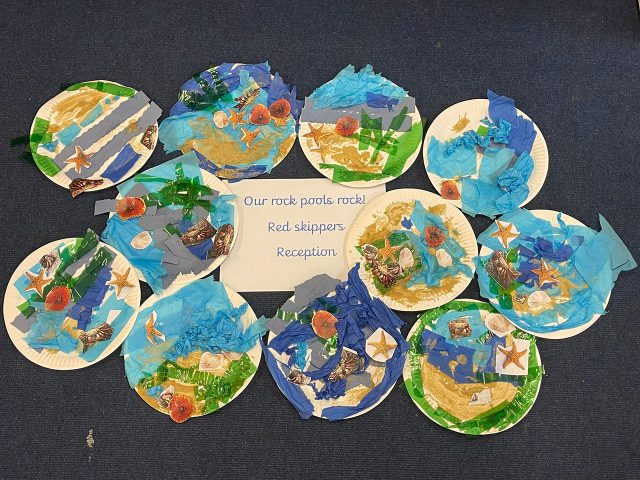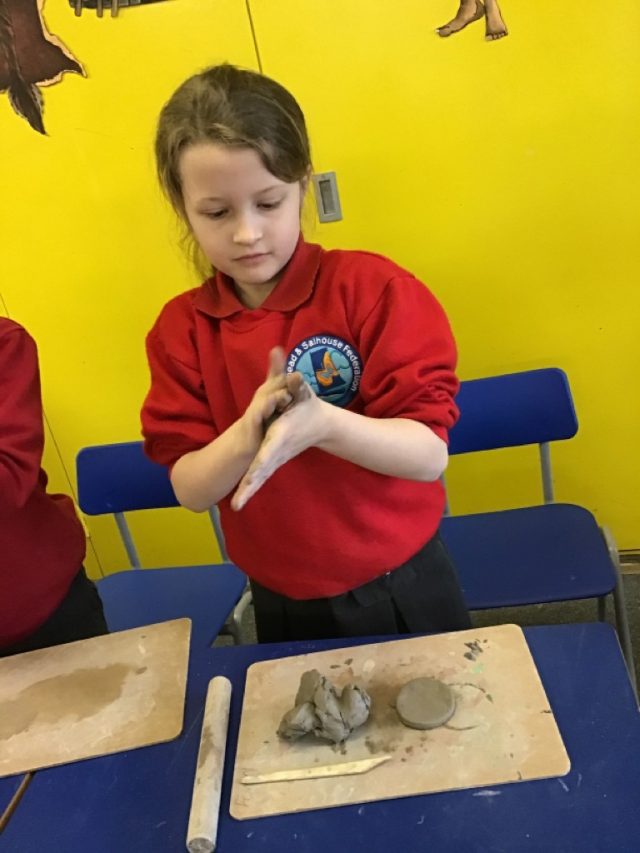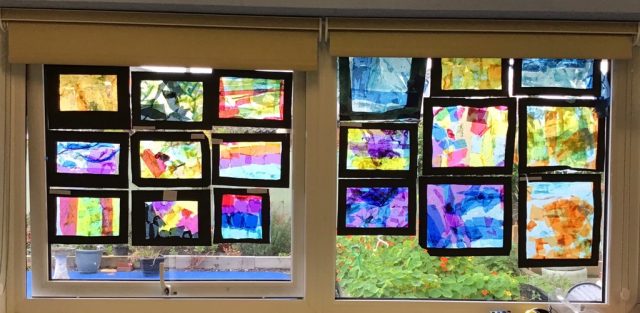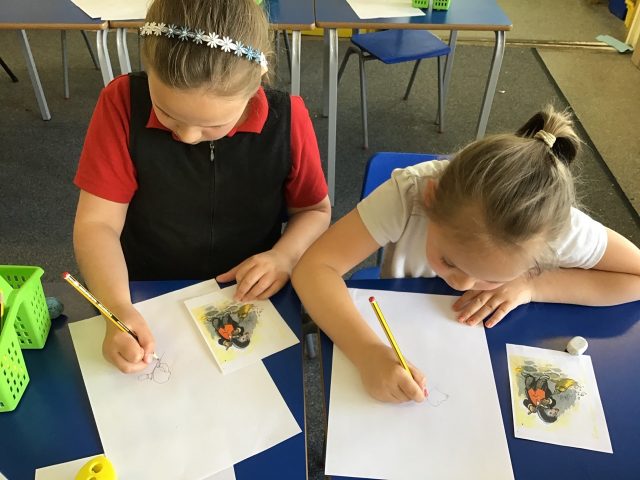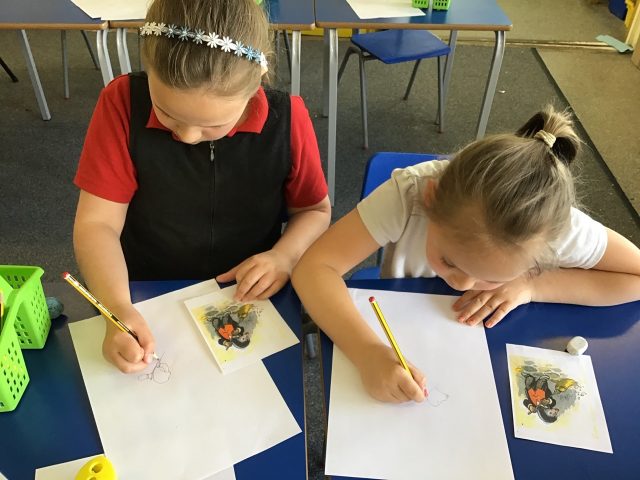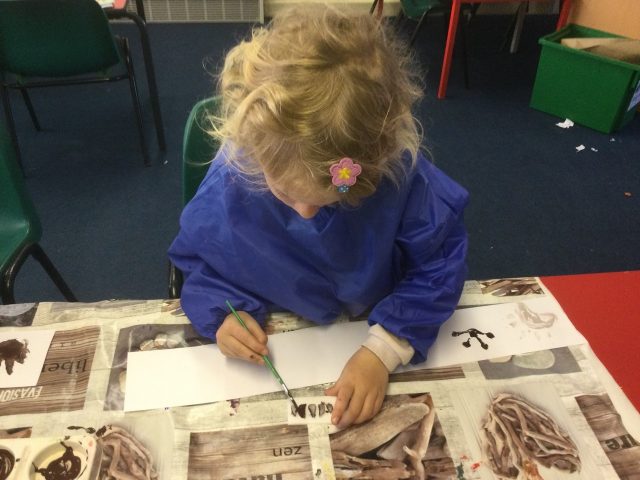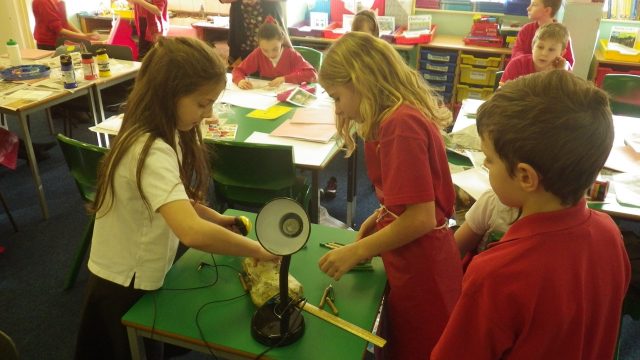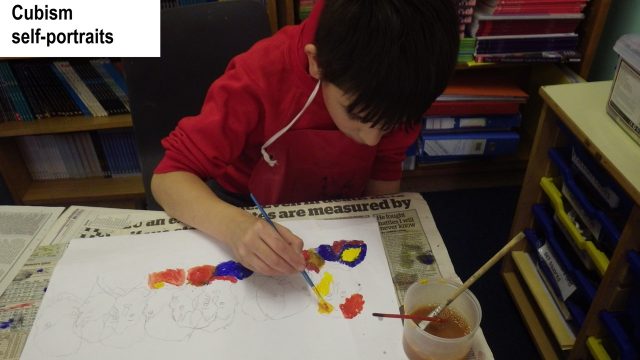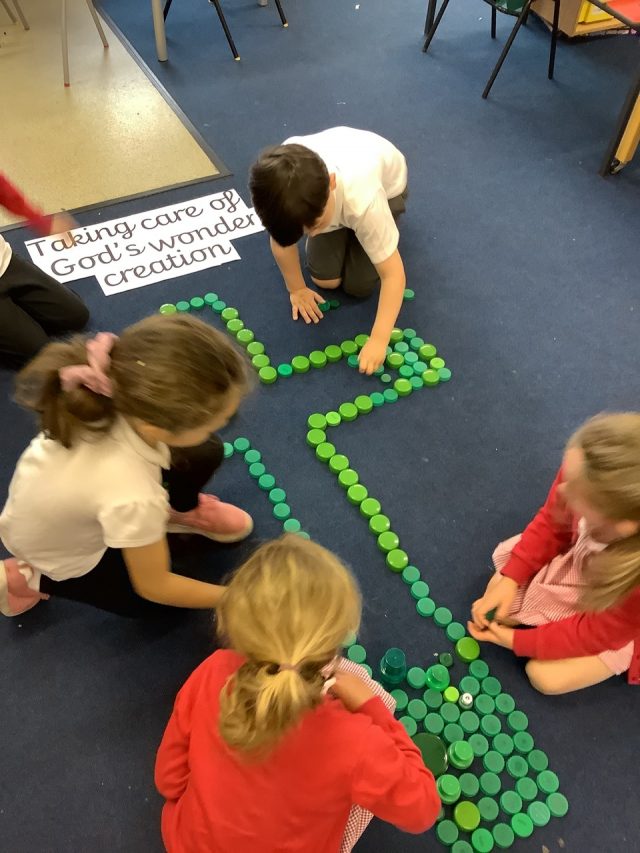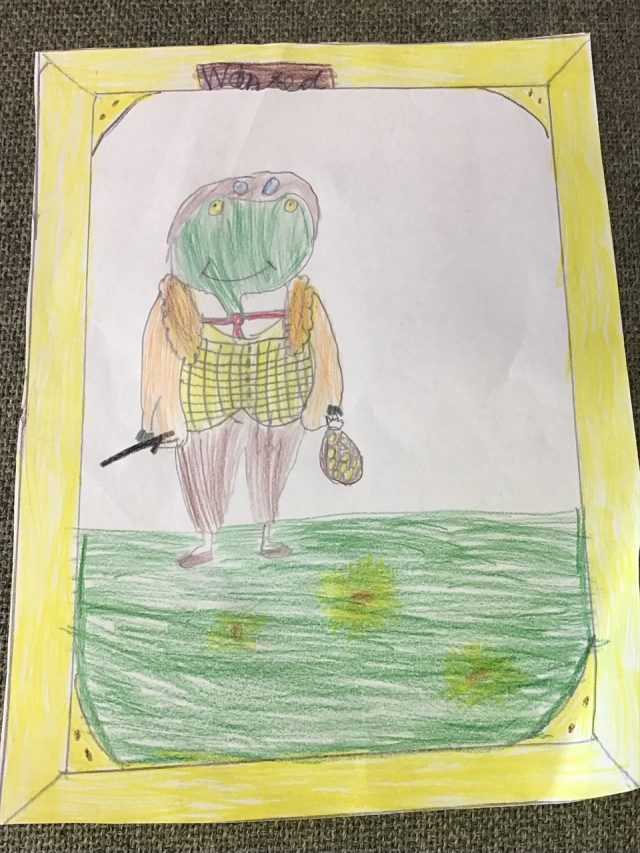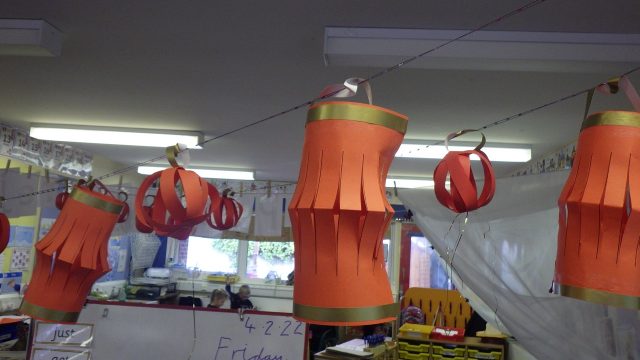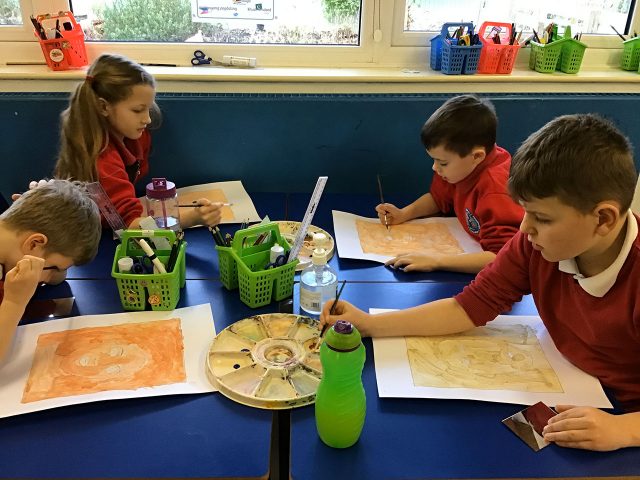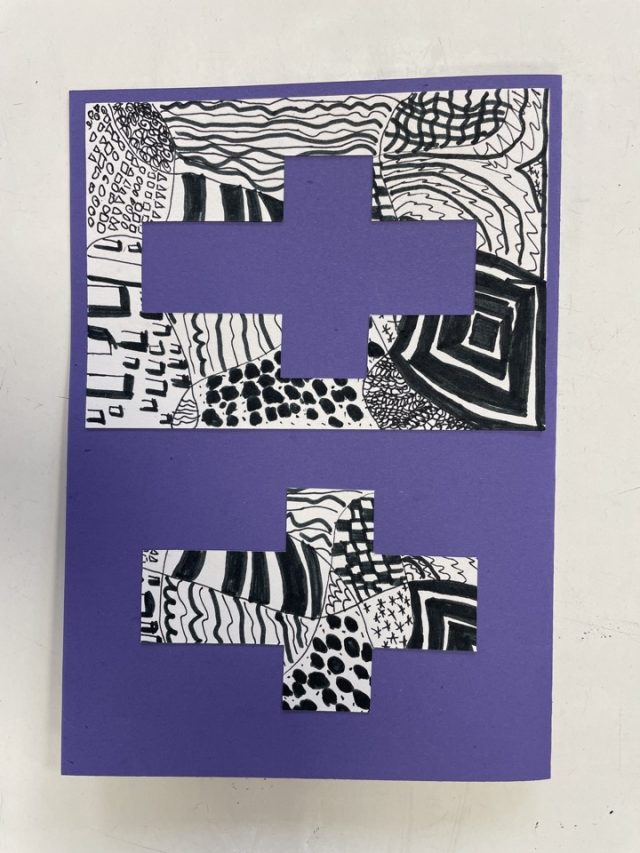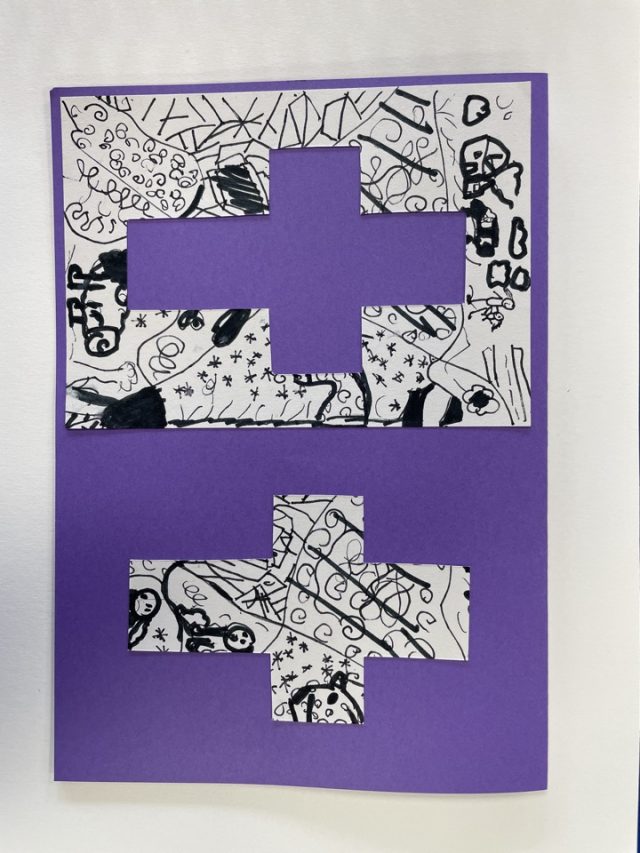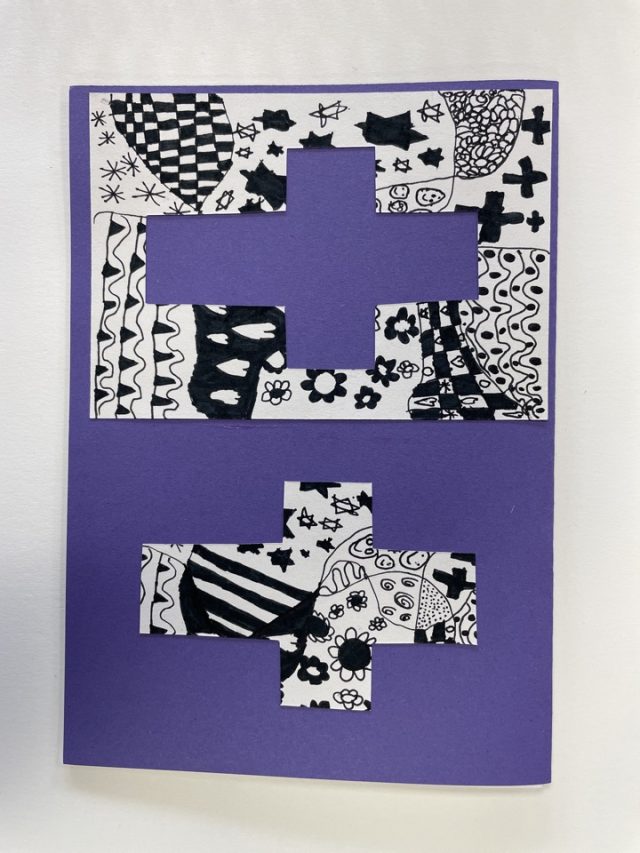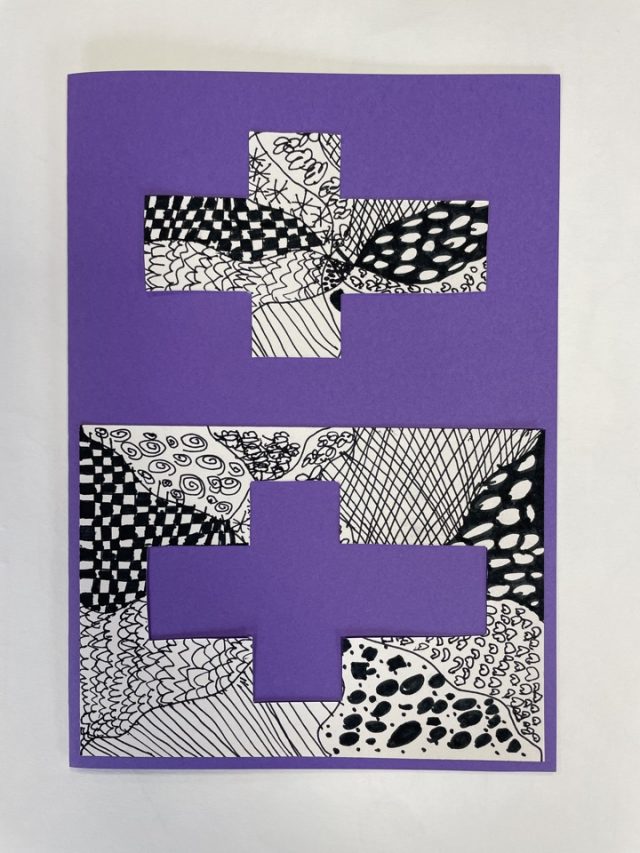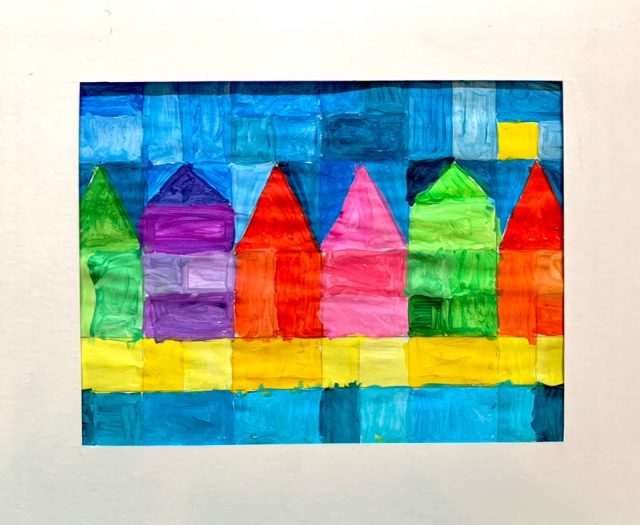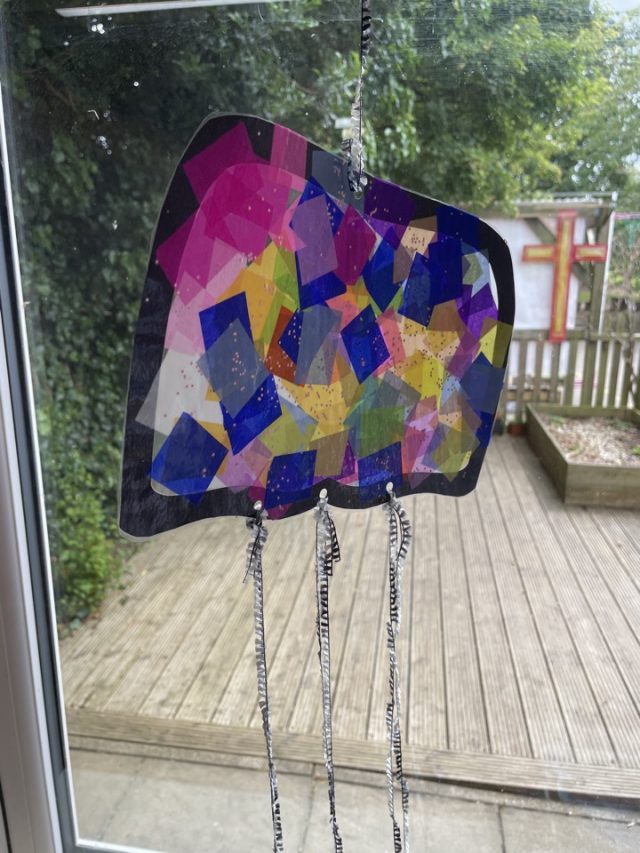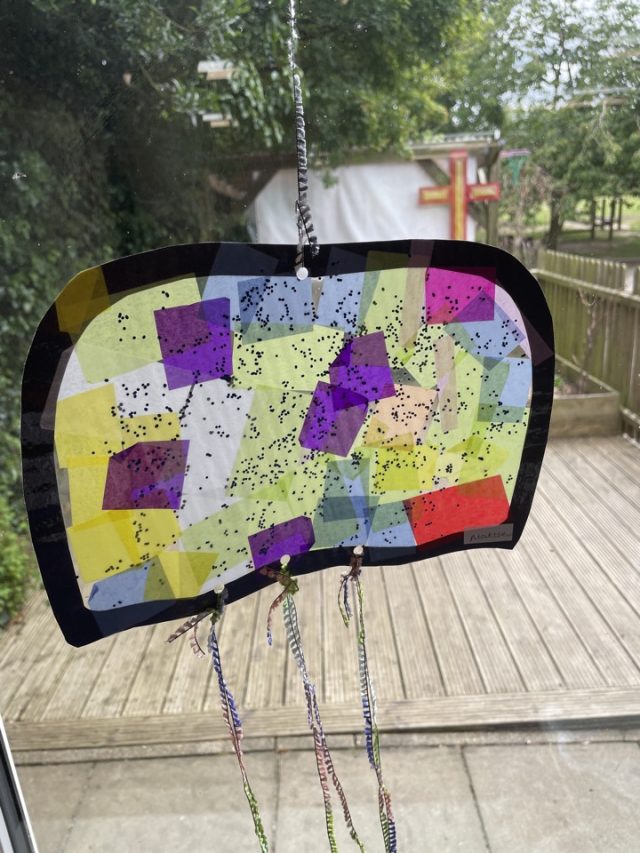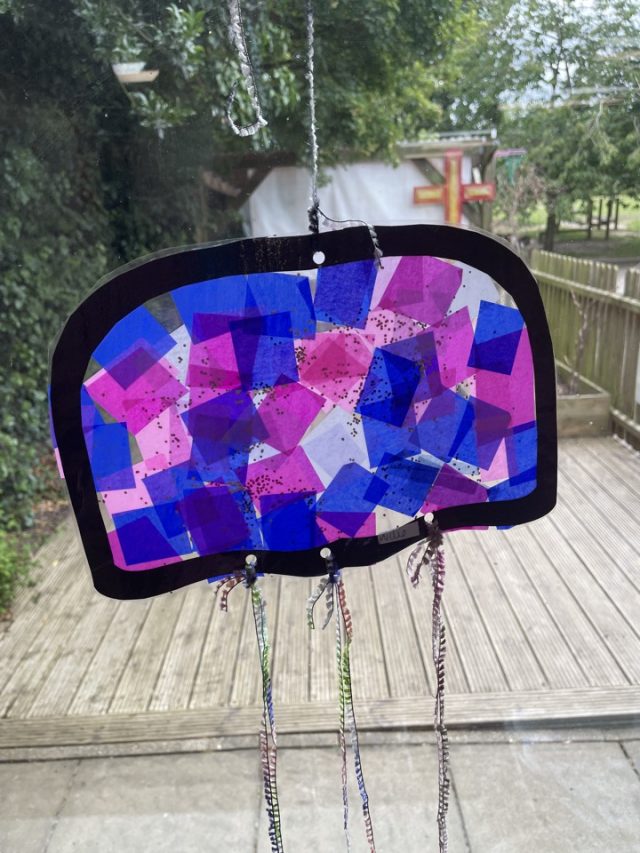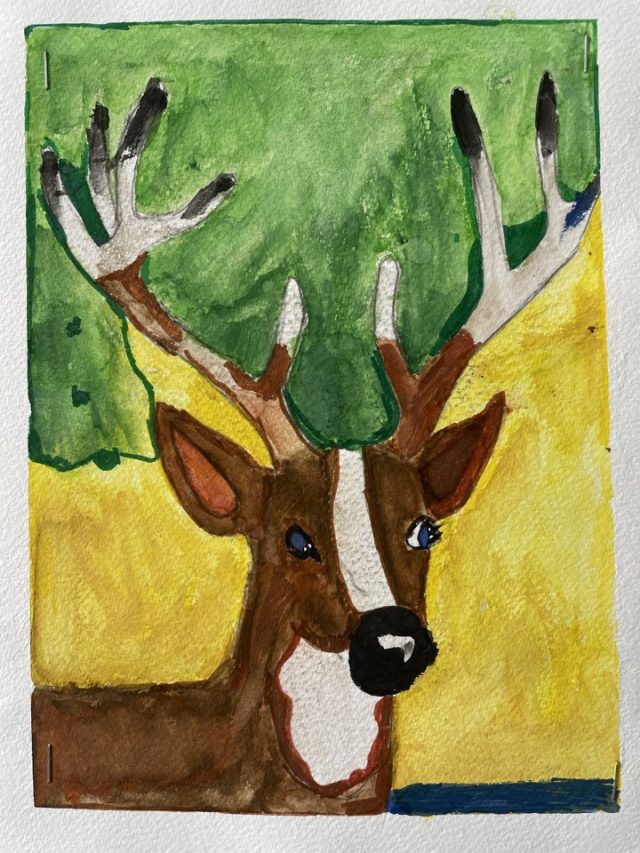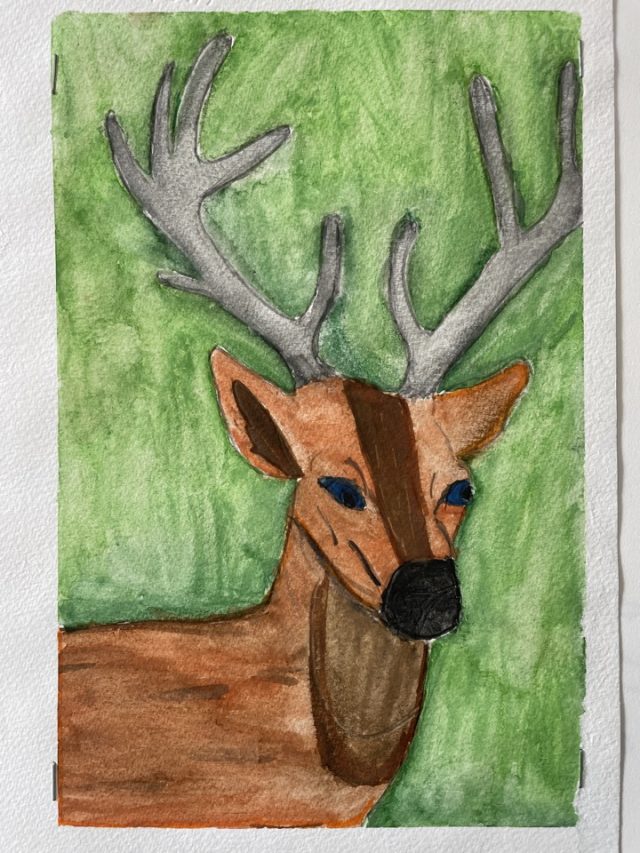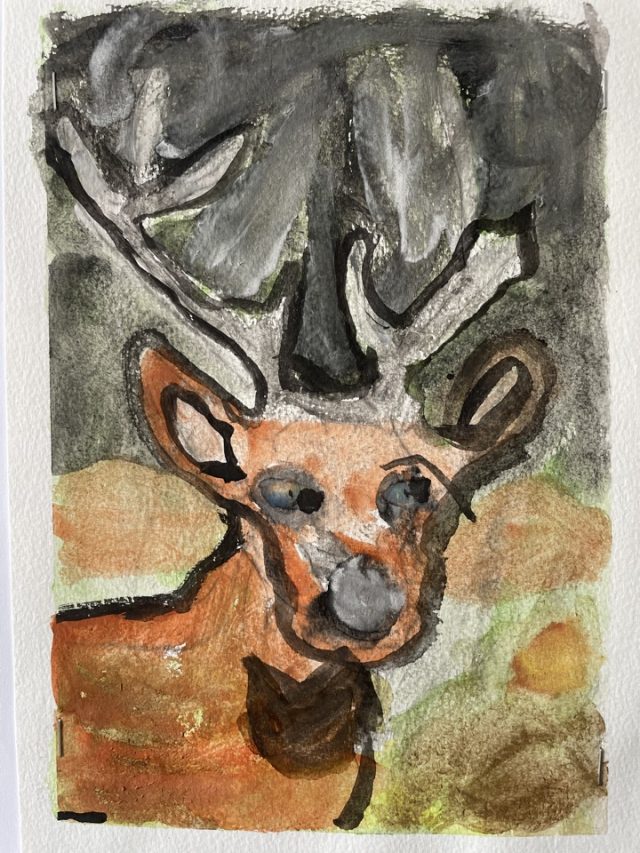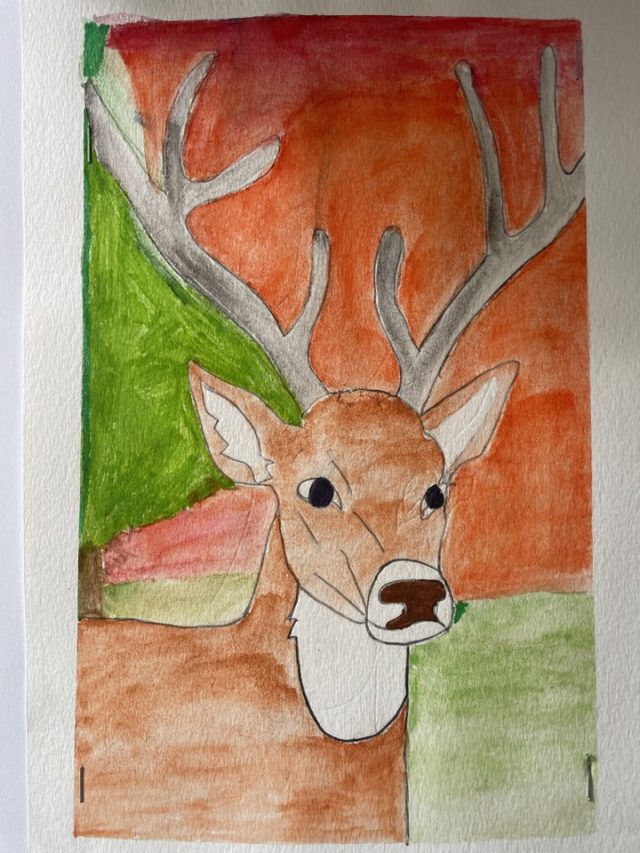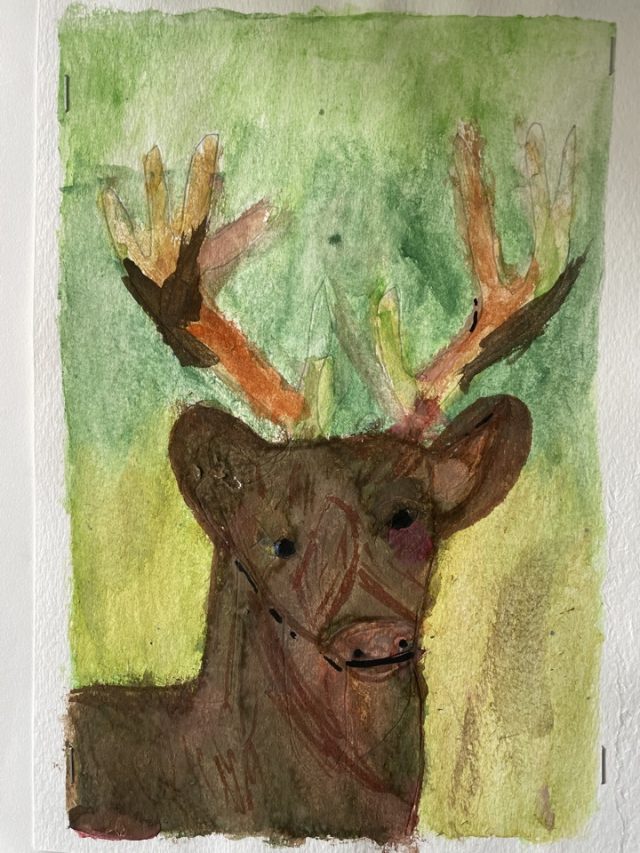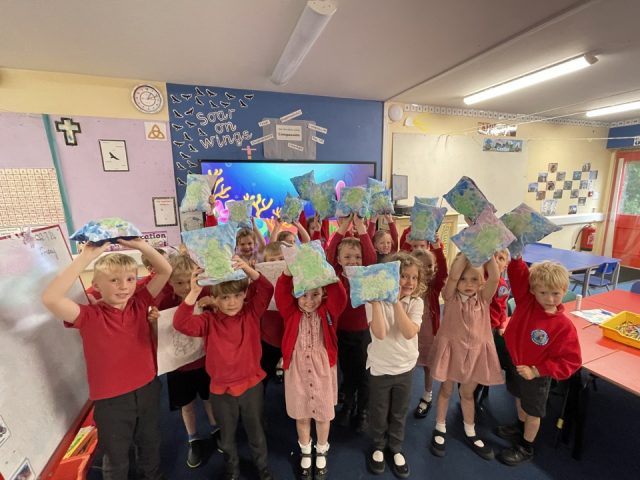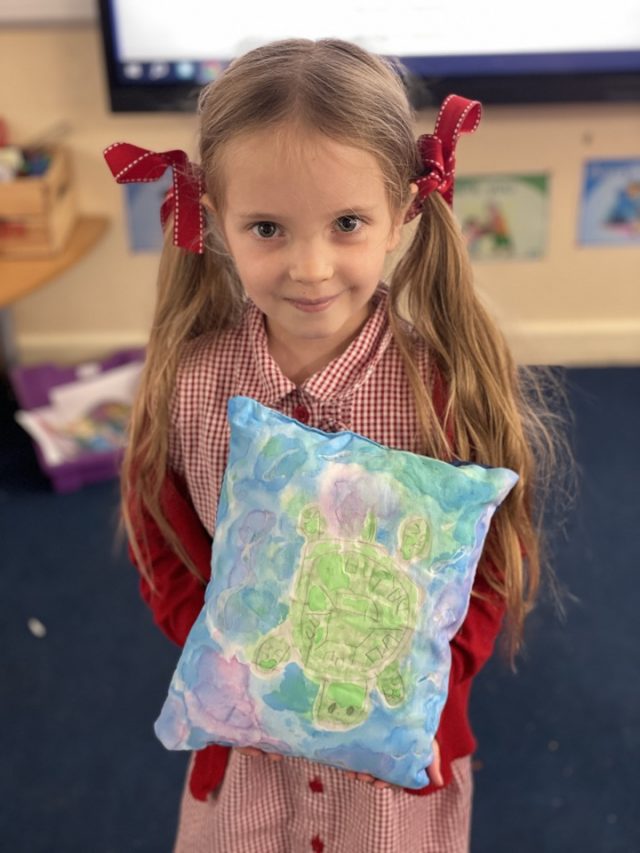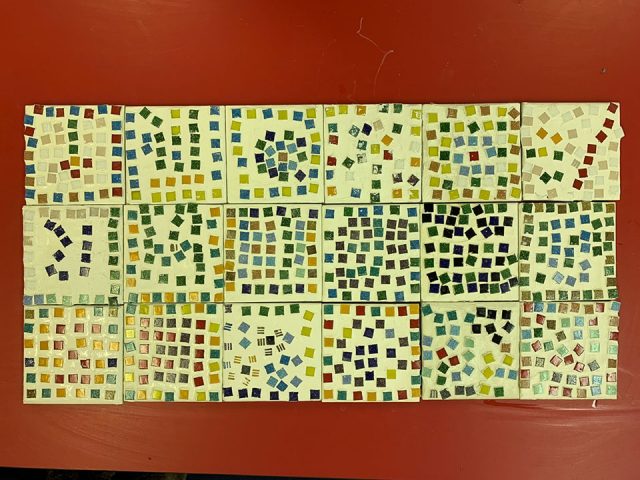Pupils will leave school having had the opportunity to learn and develop practical skills within art and to have evaluated and analysed creative works using the language of art, craft and design. They will have found out about some great artists, craft makers and designers and have understanding of the historical and cultural development of their art forms. The children will learn ‘key art skills’ appropriate to each year group. The ‘key art skills’ are to be taught discreetly, with an emphasis on teaching the practical and theoretical skills of drawing and painting, and with reference to relevant artists. Children should leave these sessions having made progress in their practice. The children will learn cross curricular skills which are taught alongside other subjects to enhance cross curricular learning. As children progress through each year group, they will build on skills previously taught and embedded. There is a clear plan for progression. Children will be supported to close any gaps in their learning. Where children show high ability, talent and interest, they will be further challenged. Every effort will be made to identify and lift barriers to learning. The subject will be presented as one to enjoy
The teaching and implementation of the Art and Design Curriculum is based on the National Curriculum ensuring a well structured approach to this creative subject. The skills and knowledge that children will develop are mapped across each year group/key stage and throughout the school to ensure progression. Developing knowledge ensures that children understand the context of artwork, as well as the artists that they are learning about and being inspired by. Through our termly themes, teachers link Art and Design to other curriculum areas so children develop a knowledge of individual artists as well as finding out about individual works and art movements and genres. We are careful to present representative role models. A focus on skills means that children are given opportunities to express their creative imagination, as well as practice and develop mastery in the key processes of art: drawing, painting, printing, textiles and sculpture. The school shows value to pupils’ art work through celebration assemblies and displays. The school ensures it is well resourced and uses the school environment creatively to support learning. Children in KS2 keep a sketch book but wider outcomes in a variety of media forms the basis for results.
Children are encouraged to be individual in their approach to art and design.
Classroom and corridor displays reflect the children’s sense of pride in their artwork and this is also demonstrated by creative outcomes across the wider curriculum. The school celebrates children’s achievements in art in celebration assemblies and on the website and in newsletters demonstrating the subject’s valued status in the school. In EYFS, outcomes are captured in Learning Journeys.
A range of formative assessment strategies are used and peer assessment is encouraged to inform and address any trends or gaps in progress and attainment. Summative assessments take place termly and teachers record the progress and attainment against National Curriculum expectations of attainment. Teachers use this information to inform future lessons; ensuring children are supported and challenged appropriately.
Further information is gathered through pupil feedback; highlighting strengths and achievement and any improvements, knowledge and skills that still need to be embedded.
Sketchbook development is a focus in KS2 and will be used to record: ideas, research about artists, skills development and reflections.
Children in Foundation Stage are assessed within Expressive Arts and Design and their progress is tracked in their individual learning journeys. Age related expectation levels are reported to parents at the end of the reception year.
The desired impact of our Art and Design curriculum is that it equips us to be risk takers, evaluators and reflective and engaged learners. They will have knowledge of art and culture, will have developed preferences and made choices which will have a positive life-long impact.
Engagement with art and design may also support children’s spiritual development and emotional well being.



